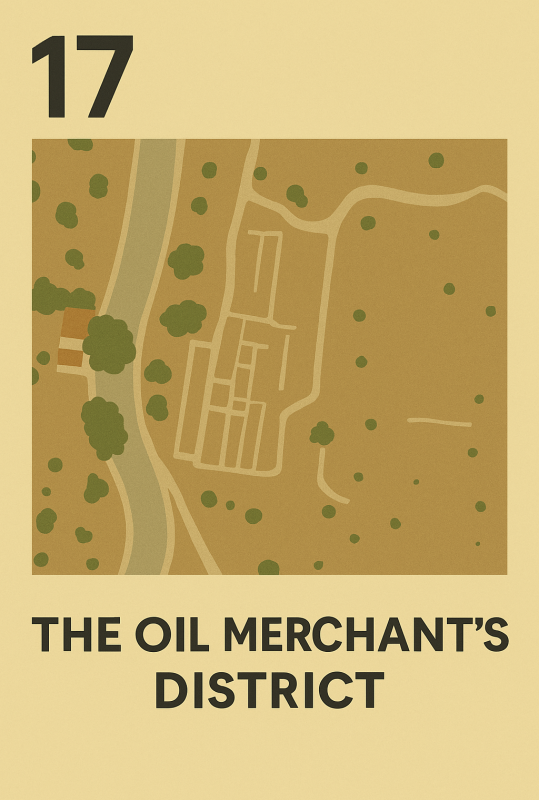
The secrets of the complex
The oil merchant’s district
The complex began operating in the early 13th century B.C.E and met its demise in the latter part of the same century due to a devastating fire. The blaze likely raged more fiercely due to the substantial volume of oil stored within the structures and the copious amount of wood used in constructing the two-story residences.
Excavations carried out from 1950 to 1963 unveiled exquisite, valuable ivory artifacts, including representations of warriors' heads and duplicates of shields shaped like the numeral eight. Additionally, tablets inscribed with Linear B script and decorated vessels were unearthed, shedding light on the operational dynamics of the edifices and the management of production by the Mycenaeans. These tablets, for instance, detailed financial records, stock inventories, and rosters of individuals, serving as evidence that the employment of Linear B was primarily linked to the authority exerted by the ruler over his populace.





